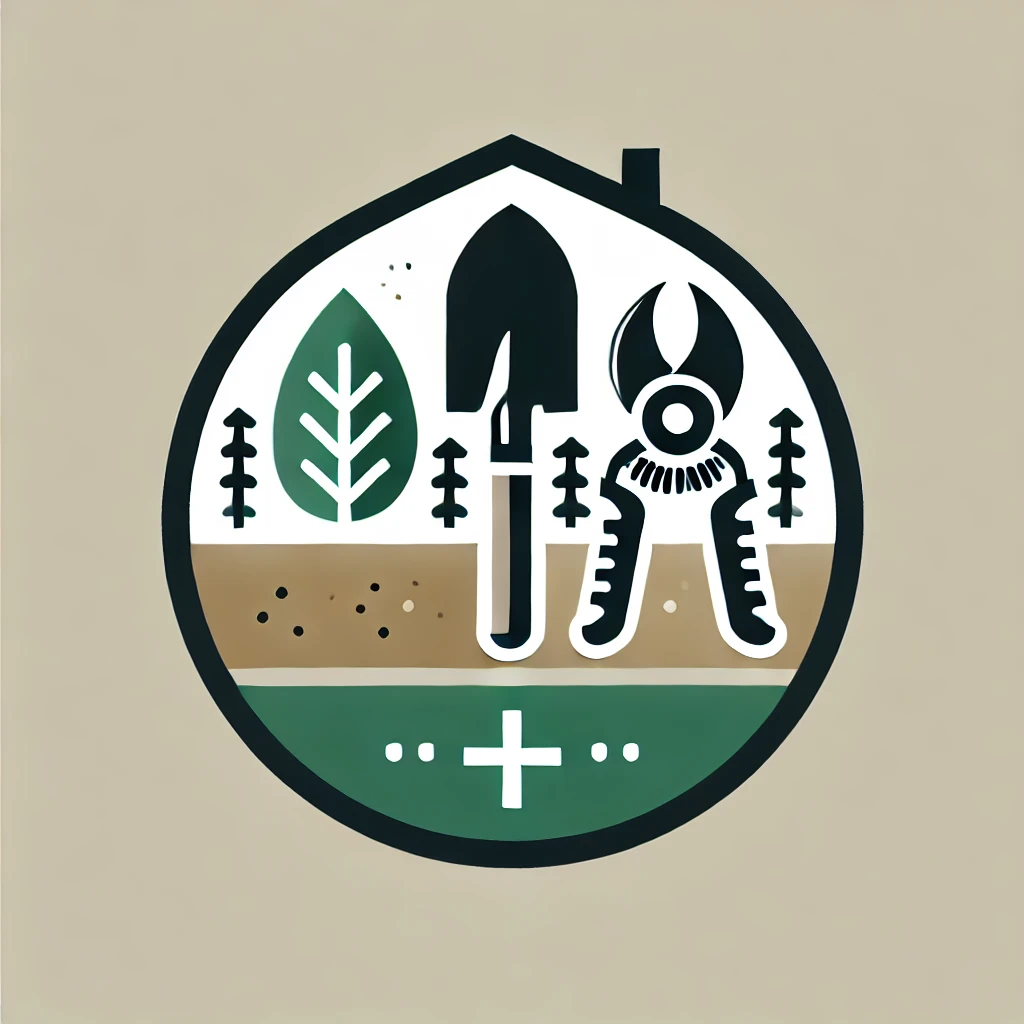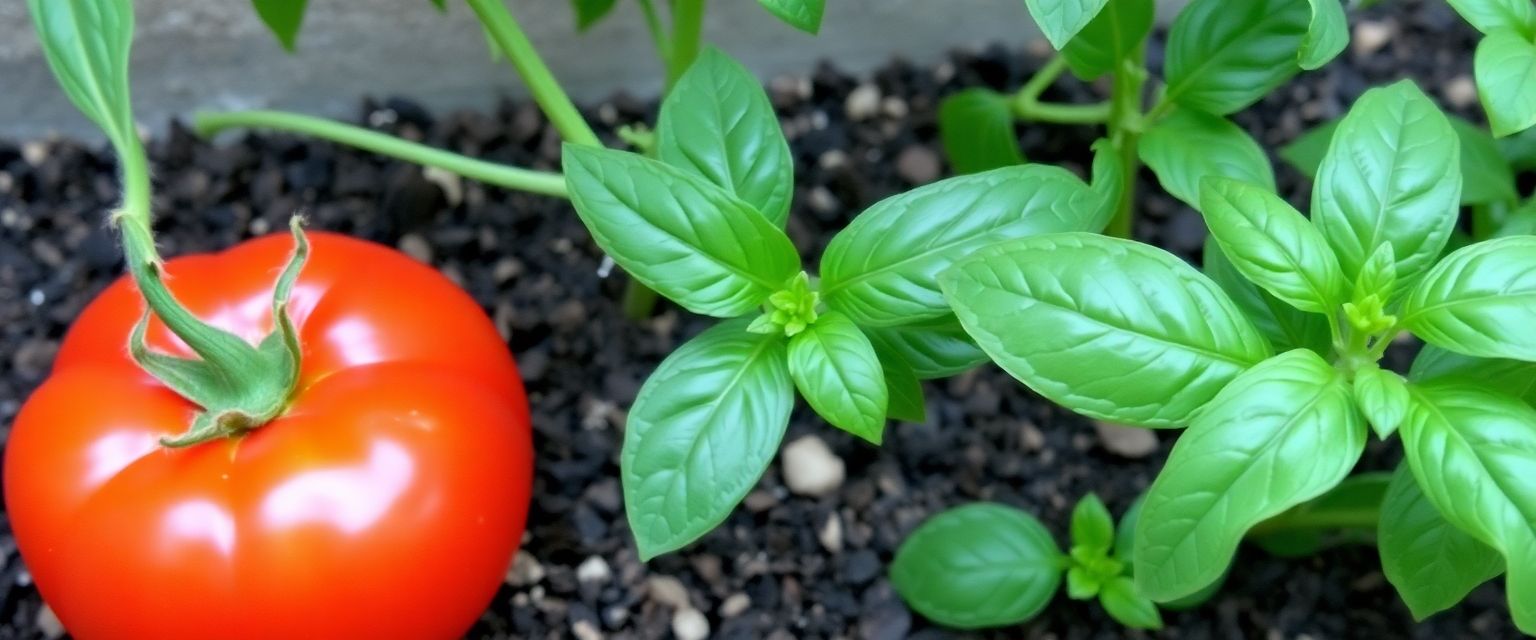
Starting a vegetable garden has been one of the most rewarding experiences of my life. As someone who loves fresh produce and enjoys spending time outdoors, creating my own little patch of edible paradise has been incredibly fulfilling.
When I first began gardening a few years ago, I was completely clueless.
I'd buy random seedlings from the garden center, plop them in the ground, and hope for the best. Sometimes I'd forget to water for days, then panic and drown my poor plants.
It was a mess!
But over time, I learned the basics and developed a thriving garden that provides my family with delicious, homegrown vegetables throughout the growing season.
If you're a beginner looking to start your own vegetable garden, you're in for a treat. Let me walk you through the process and share some of the lessons I've learned along the way.
Planning Your Garden
The first step in creating a successful vegetable garden is proper planning. This involves choosing the right location, determining the size of your garden, and selecting the vegetables you want to grow.
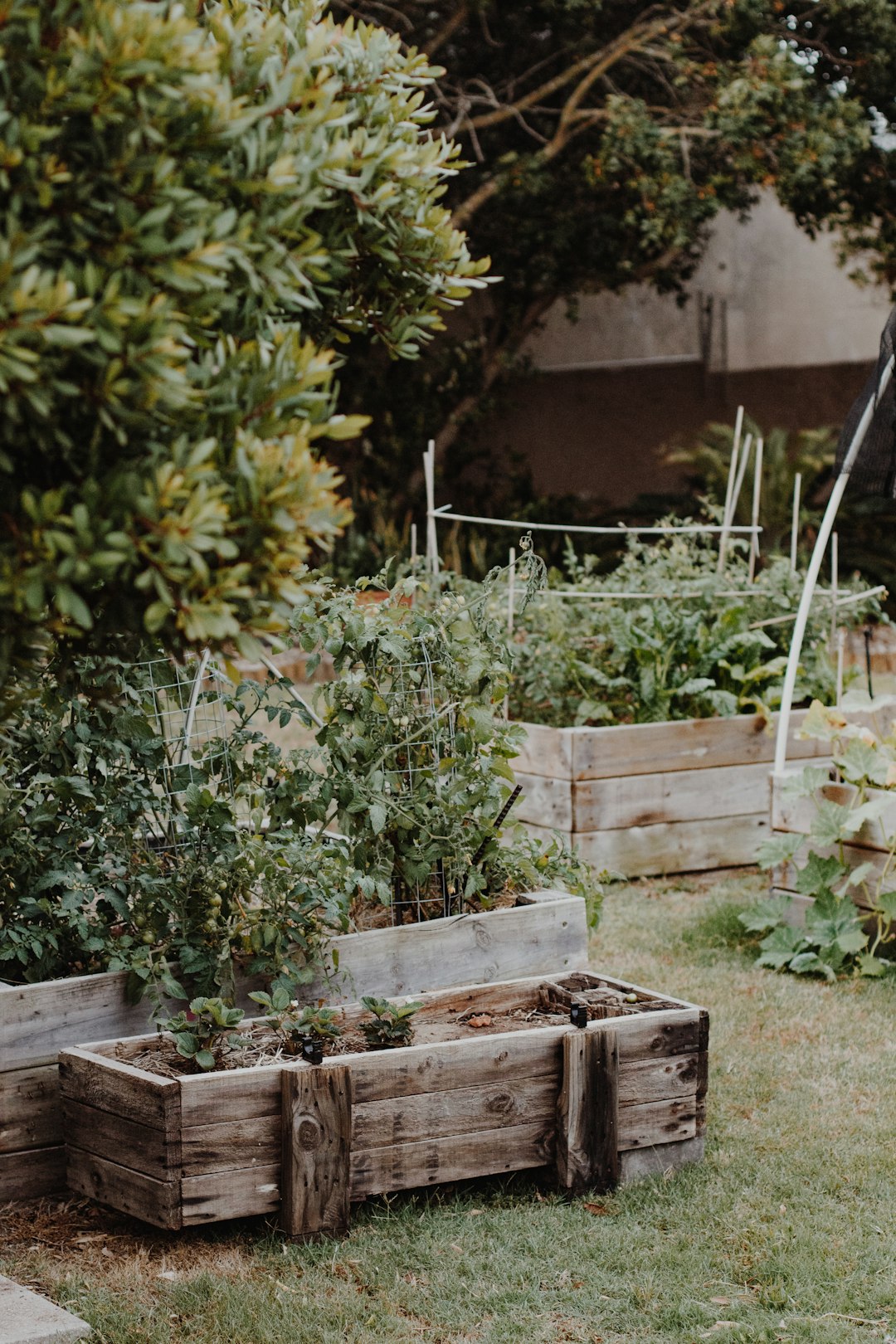
Choosing the Perfect Spot
When I started my garden, I made the mistake of choosing a shady corner of my yard because it was convenient. Big mistake!
Most vegetables need at least 6-8 hours of direct sunlight daily to thrive.
Now, I always advise new gardeners to observe their yard throughout the day and choose the sunniest spot available.
Another crucial factor is access to water. You don't want to lug heavy watering cans across your entire property every day.
Trust me, I've been there, and it's not fun!
Choose a location that's close to a water source, whether it's a hose connection or a rain barrel.
Consider the soil quality in your chosen spot. Ideally, you want well-draining soil that's rich in organic matter.
If your soil is heavy clay or very sandy, don't worry - we'll cover soil improvement later.
Lastly, think about protection from wind and animals. A bit of natural shelter can help protect your plants from strong winds, while fencing might be necessary if you have curious critters in your area.
Sizing Your Garden
When it comes to garden size, my motto is "start small, dream big." It's easy to get overambitious and plan a massive garden, but this can quickly become overwhelming for beginners. I started with a modest 4x8 foot raised bed, and it was perfect for learning the ropes without feeling overwhelmed.
If you're short on space or want to start even smaller, container gardening is an excellent option. I've successfully grown tomatoes, peppers, and herbs in pots on my patio.
It's a great way to dip your toes into gardening without committing to a full-scale garden plot.
For those with more space, consider starting with a 10x10 foot plot. This size is manageable for most beginners and can produce a significant amount of vegetables.
As you gain experience and confidence, you can always expand your garden in future seasons.
Selecting Your Vegetables
Choosing what to grow is one of the most exciting parts of starting a garden! My advice is to start with vegetables you love to eat and that grow well in your climate.
Some easy-to-grow options for beginners include:
- Tomatoes
- Lettuce
- Zucchini
- Bush beans
- Radishes
- Herbs like basil and cilantro
When selecting varieties, consider your growing season. In cooler climates, focus on cool-season crops like peas and leafy greens.
In warmer areas, you might be able to grow heat-loving plants like peppers and eggplants for a longer period.
Don't forget to think about your family's preferences and eating habits. There's no point in growing a bumper crop of eggplants if no one in your household likes them!
Also, consider the space requirements of different vegetables.
Vining plants like cucumbers and pole beans can be trained to grow vertically, saving precious ground space.
Preparing Your Soil
Good soil is the foundation of a healthy garden. When I first started, I thought all soil was created equal.
I quickly learned that wasn't the case!
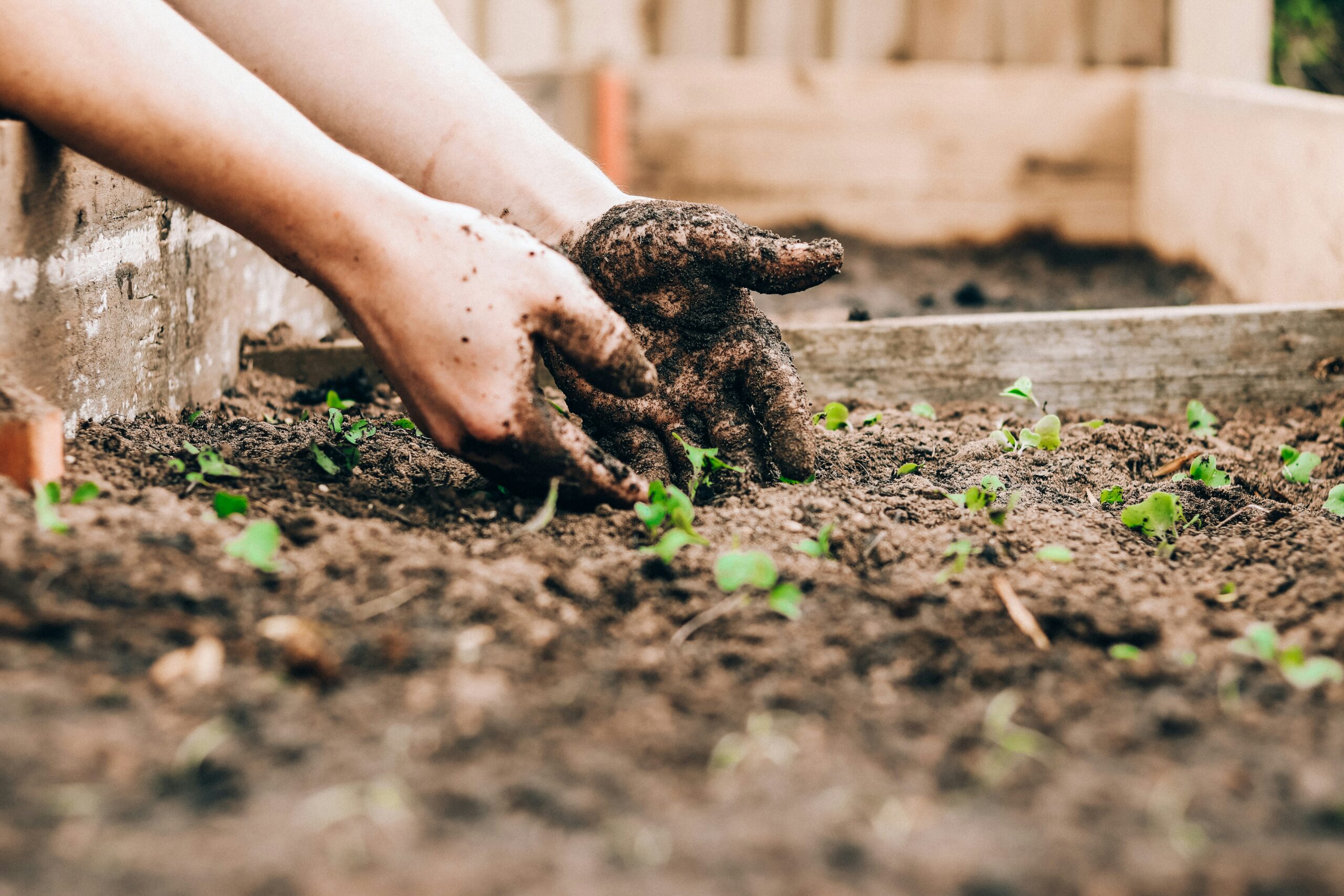
Testing Your Soil
Before you start planting, it's a good idea to test your soil. You can use a home testing kit or send samples to your local extension office.
This will give you information about your soil's pH and nutrient content, which is crucial for plant health.
Most vegetables prefer a slightly acidic to neutral pH, between 6.0 and 7.0. If your soil is too acidic or alkaline, you can amend it with lime or sulfur accordingly. The soil test will also reveal any nutrient deficiencies, allowing you to address them before planting.
Improving Soil Quality
Once you know what you're working with, it's time to improve your soil. Adding organic matter is key.
I like to mix in compost, well-rotted manure, or leaf mold to enrich the soil and improve it's structure.
This adds nutrients and improves soil texture, water retention, and drainage.
If you're using raised beds or containers, you have more control over your soil from the start. I use a mix of high-quality potting soil, compost, and perlite for excellent drainage and nutrient retention.
For in-ground gardens, you might need to do some double digging to loosen compacted soil and incorporate organic matter.
Consider adding a layer of organic mulch on top of your soil. This helps keep moisture, suppress weeds, and regulate soil temperature.
Plus, as it breaks down, it adds more organic matter to your soil.
Planting Your Garden
With your soil prepared, it's time for the fun part - planting!
Seeds vs. Transplants
As a beginner, you might be tempted to buy all transplants (young plants) from the garden center. While this can give you a head start, don't be afraid to try growing from seed. Some vegetables, like carrots and radishes, actually prefer to be directly sown in the garden.
I like to use a mix of both methods. I start heat-loving plants like tomatoes and peppers indoors from seed, then transplant them outside when the weather warms up.
Cool-season crops and quick-growing vegetables, I sow directly in the garden.
Starting from seed allows you to choose from a wider variety of plants and can be more cost-effective. However, it needs more patience and care.
If you're short on time or want quicker results, transplants are a great option.
Proper Planting Techniques
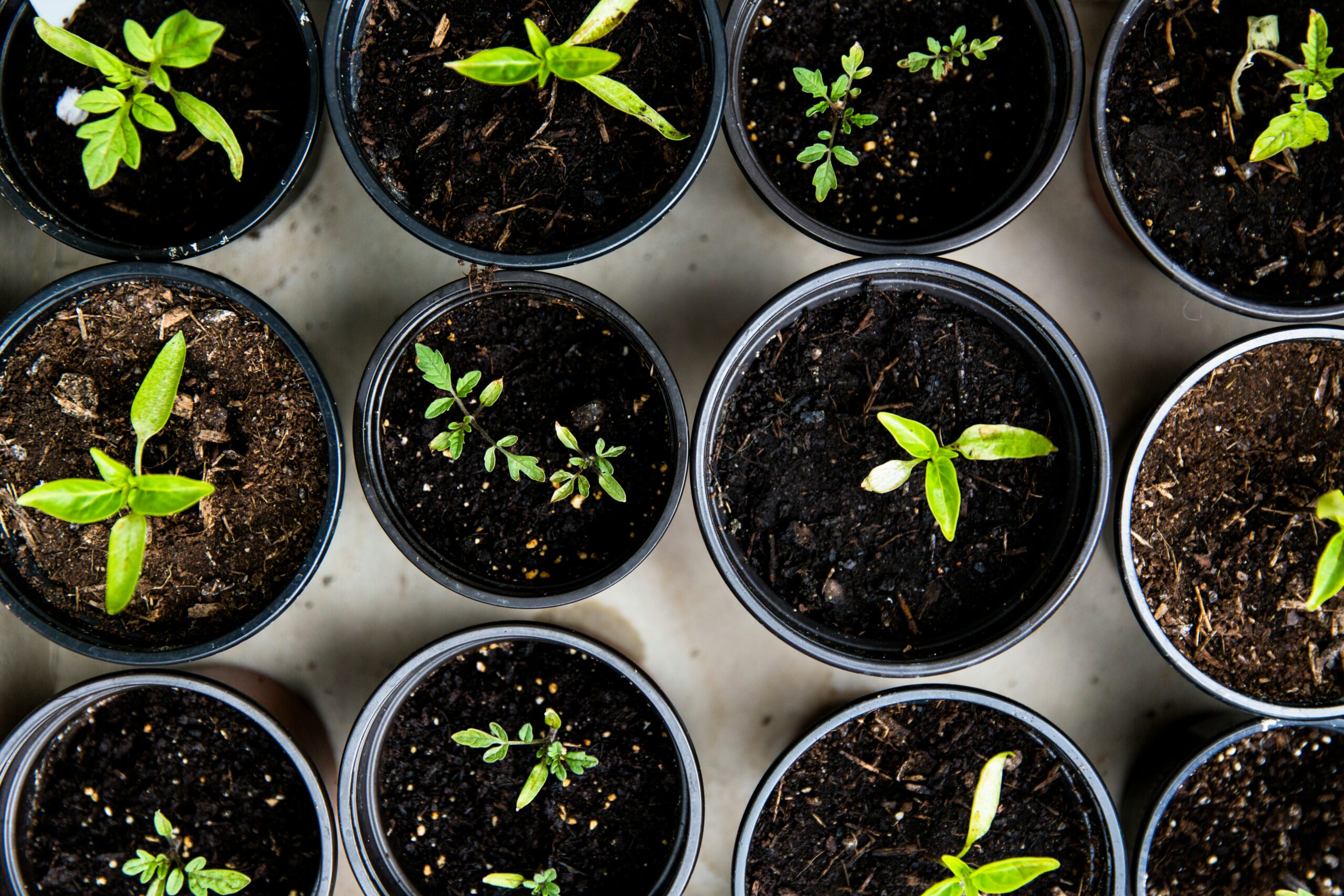
When planting, pay attention to spacing requirements. It's tempting to cram in as many plants as possible, but overcrowding can lead to poor air circulation and increased disease risk.
Trust me, I learned this the hard way with my first tomato plants!
For seeds, follow the packet instructions for planting depth. A general rule of thumb is to plant seeds at a depth of about twice their diameter.
After planting, gently firm the soil and water thoroughly.
For transplants, dig a hole slightly larger than the root ball. Remove the plant from it's container, gently loosen the roots if they're tightly bound, and place it in the hole.
The top of the root ball should be level with or slightly above the soil surface.
Fill in around the roots with soil, firm gently, and water well.
Consider using a planting board or string to create straight rows if that's your preferred garden layout. Alternatively, try square foot gardening for a more intensive planting method.
Maintaining Your Garden
Once your garden is planted, the real work begins. Regular maintenance is key to a healthy, productive garden.
Watering Wisely
Proper watering is crucial for plant health. I water deeply and less often to encourage deep root growth.
This makes plants more resilient to drought and reduces the frequency of watering.
The best time to water is early morning or late afternoon. This allows the water to soak into the soil before the heat of the day causes excessive evaporation.
Avoid watering in the evening as wet foliage overnight can promote fungal diseases.
Consider installing a drip irrigation system or using soaker hoses. These deliver water directly to the plant roots, reducing water waste and keeping foliage dry, which can help prevent fungal diseases.
Mulching Magic
Mulching is a game-changer in the garden. It helps keep soil moisture, suppress weeds, and regulate soil temperature.
I use organic mulches like straw, leaves, or grass clippings.
Apply a 2-3 inch layer around your plants, being careful not to pile it against the stems.
Mulch also helps prevent soil erosion and reduces soil compaction from heavy rains. As organic mulches break down, they add nutrients to the soil, improving it's structure over time.
Fertilizing for Success
Most vegetables are heavy feeders and benefit from regular fertilization. I prefer using organic fertilizers like compost tea or fish emulsion.
These provide a balanced diet for your plants without the risk of chemical burn.
Remember, more is not always better when it comes to fertilizer. Over-fertilizing can lead to excessive leaf growth at the expense of fruit production.
Follow the instructions on your chosen fertilizer and consider a soil test to decide your garden's specific needs.
For a continuous supply of nutrients, consider incorporating slow-release organic fertilizers into your soil at planting time. These will provide a steady stream of nutrients throughout the growing season.
Weed Management
Weeds compete with your vegetables for water, nutrients, and sunlight. Regular weeding is essential for a healthy garden.
I like to weed a little bit each day as opposed to tackling it all at once.
This keeps the task manageable and prevents weeds from getting out of control.
Use a hoe or hand tool to remove weeds when they're small. Be careful not to disturb the roots of your vegetable plants.
Mulching, as mentioned earlier, can significantly reduce weed growth.
Pest and Disease Control
Keeping an eye out for pests and diseases is crucial. Inspect your plants regularly, looking at both the tops and undersides of leaves.
Early detection can prevent small problems from becoming big ones.
For pest control, I prefer organic methods. Handpicking larger pests like caterpillars, using insecticidal soaps for soft-bodied insects, and encouraging useful insects are all effective strategies.
Companion planting can also help deter pests naturally.
For diseases, prevention is key. Ensure good air circulation by proper spacing, water at the base of plants to keep foliage dry, and remove any diseased plant material promptly.
If you do need to use fungicides or pesticides, always follow the label instructions carefully.
Common Pitfalls and How to Avoid Them
Every gardener faces challenges, but being aware of common pitfalls can help you avoid them:
Overwatering
More plants die from overwatering than underwatering. Always check the soil moisture before watering.
Stick your finger about an inch into the soil - if it feels dry at that depth, it's time to water.
Signs of overwatering include yellowing leaves, wilting despite moist soil, and mold growth on the soil surface.
Ignoring Pest Problems
Keep an eye out for pest damage and address issues early. I use organic pest control methods like handpicking pests or using insecticidal soaps.
Regular inspection of your plants can catch problems before they become severe.
Remember, a healthy garden can tolerate some pest presence - the goal is management, not finish eradication.
Neglecting to Succession Plant
Don't plant everything at once. Stagger your plantings to confirm a continuous harvest throughout the season.
For example, plant a new batch of lettuce seeds every two weeks for a steady supply of fresh greens.
This approach also helps manage your harvest, preventing you from being overwhelmed with too much produce at once.
Forgetting to Rotate Crops
Planting the same vegetables in the same spot year after year can reduce soil nutrients and increase disease risk. Implement a simple crop rotation plan.
Group plants by family (e.g., nightshades, legumes, brassicas) and rotate these groups to different areas of your garden each year.
This practice helps prevent soil depletion and reduces the buildup of pests and diseases specific to certain plant families.
Overlooking Vertical Space
Utilize trellises, cages, and stakes to grow vining plants vertically. This saves space and can increase yields.
Vertical gardening also improves air circulation around plants, which can reduce disease problems.
Plus, it makes harvesting easier and keeps fruits off the ground, reducing rot and pest damage.
Adapting Your Garden
As you gain experience, you'll want to adapt your garden to suit your needs and preferences. Here are some ideas to consider:
Companion Planting
Experiment with companion planting to naturally deter pests and improve plant growth. For example, planting basil near tomatoes can improve their flavor and help repel pests.
Marigolds are known to deter many garden pests and can be planted throughout your garden.
Season Extension Techniques
Try season extension techniques like using row covers or cold frames to extend your growing season. These methods can protect plants from early frosts in the fall or allow you to start planting earlier in the spring.
You might even be able to grow some cool-season crops throughout the winter, depending on your climate.
Incorporating Edible Flowers and Herbs
Add beauty and diversity to your vegetable garden by incorporating edible flowers or herbs. Nasturtiums, calendula, and borage are beautiful and edible and attract useful insects.
Herbs like rosemary, thyme, and oregano are easy to grow and can be used in cooking or as natural pest deterrents.
Implementing Permaculture Principles
Consider implementing permaculture principles for a more sustainable and low-maintenance garden. This might include creating guilds of plants that support each other, using perennial vegetables, or designing your garden to capture and use rainwater efficiently.
Seed Saving
Start saving seeds from your best-performing plants to develop varieties well-suited to your specific garden conditions. This saves money and allows you to choose for traits that perform well in your unique microclimate.
Start with easy-to-save seeds like tomatoes, beans, and peas.
From Beginner to Master Gardener
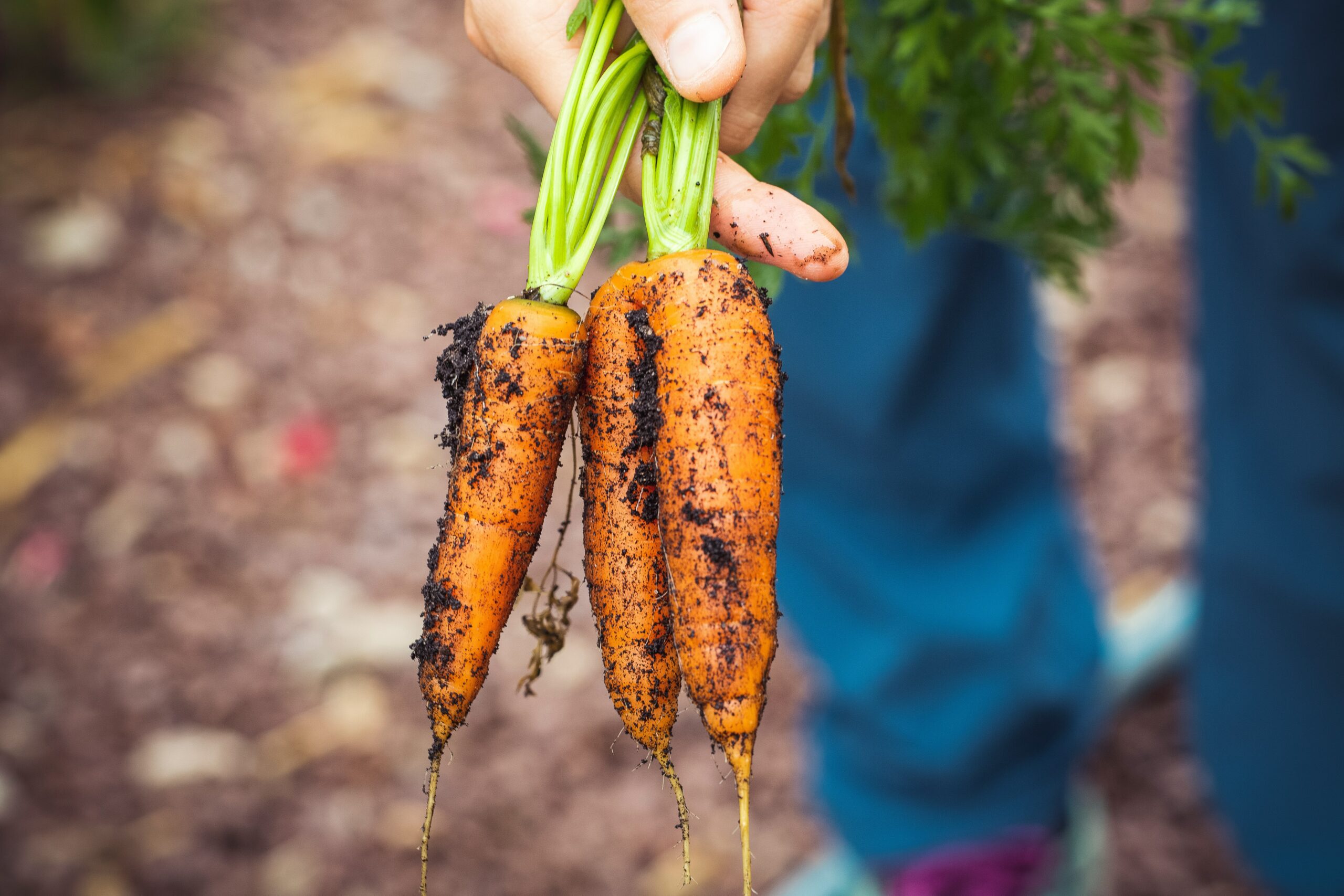
As you progress in your gardening journey, you'll find that the basics you've learned form a strong foundation for more advanced techniques. Keep experimenting, learning, and most importantly, enjoying the process.
Every season brings new challenges and rewards.
To continue developing your skills, consider these exercises:
- Start a garden journal to track your plantings, successes, and challenges. This will be an invaluable resource as you plan future gardens.
- Experiment with growing one new vegetable each season. This keeps things interesting and expands your gardening skills.
- Try a new gardening technique, like square foot gardening or hugelkultur. These methods can increase your garden's productivity and efficiency.
- Attend local gardening workshops or join a community garden to learn from experienced gardeners. The knowledge and tips you can gain from seasoned gardeners are priceless.
- Challenge yourself to grow as much of your own produce as possible for one month. This exercise can help you identify areas where you can increase your garden's productivity.
Remember, gardening is a habit to infuse into your life, not a one-time goal to reach. Embrace the learning process, celebrate your successes, and don't be discouraged by setbacks.
With time and practice, you'll develop a thriving vegetable garden that provides fresh, delicious produce for you and your family.
Key Takeaways
- Choose a sunny location with good soil and access to water.
- Start small and gradually expand your garden as you gain experience.
- Prepare your soil well and use suitable fertilizers.
- Water deeply and consistently, and use mulch to keep moisture.
- Monitor for pests and diseases, addressing issues promptly.
- Experiment with different plants and techniques to find what works best for you.
- Keep learning and enjoy the process of growing your own food.
People Also Asked
What vegetables are easiest to grow for beginners?
Some of the easiest vegetables for beginners include lettuce, radishes, tomatoes, zucchini, and bush beans. These plants are relatively low-maintenance and can thrive in various conditions.
How much sunlight do vegetable gardens need?
Most vegetable gardens need at least 6-8 hours of direct sunlight daily. Some leafy greens can tolerate partial shade, but fruiting vegetables like tomatoes and peppers need full sun to produce well.
Can I start a vegetable garden in containers?
Yes, many vegetables grow well in containers. Tomatoes, peppers, herbs, and leafy greens are particularly well-suited for container gardening.
Ensure your containers have adequate drainage and use a high-quality potting mix.
How often should I water my vegetable garden?
The frequency of watering depends on your climate, soil type, and the specific needs of your plants. Generally, most vegetables need about 1-1.5 inches of water per week, either from rainfall or irrigation.
What's the best soil for a vegetable garden?
The best soil for a vegetable garden is well-draining, rich in organic matter, and has a pH between 6.0 and 7.0. A mixture of topsoil, compost, and aged manure often works well for most vegetables.
How do I protect my vegetable garden from pests?
There are several ways to protect your garden from pests, including using physical barriers like row covers, practicing companion planting, encouraging useful insects, and using organic pest control methods when necessary.
When is the best time to start a vegetable garden?
The best time to start a vegetable garden depends on your local climate and the types of vegetables you want to grow. In general, most gardens are started in spring after the last frost date, but some cool-season crops can be planted earlier.
How much space do I need for a vegetable garden?
The space needed for a vegetable garden can vary greatly depending on what you want to grow and how much you want to produce. A small 4x4 foot raised bed can be a good starting point for beginners, while larger families might need 200 square feet or more.
Can I grow vegetables in shade?
While most vegetables prefer full sun, some leafy greens and root vegetables can tolerate partial shade. Lettuce, spinach, kale, and radishes are good options for shadier spots in your garden.
How do I improve my garden soil?
You can improve your garden soil by adding organic matter such as compost, aged manure, or leaf mold. Regular mulching, cover cropping, and avoiding tilling can also help improve soil structure and fertility over time.
